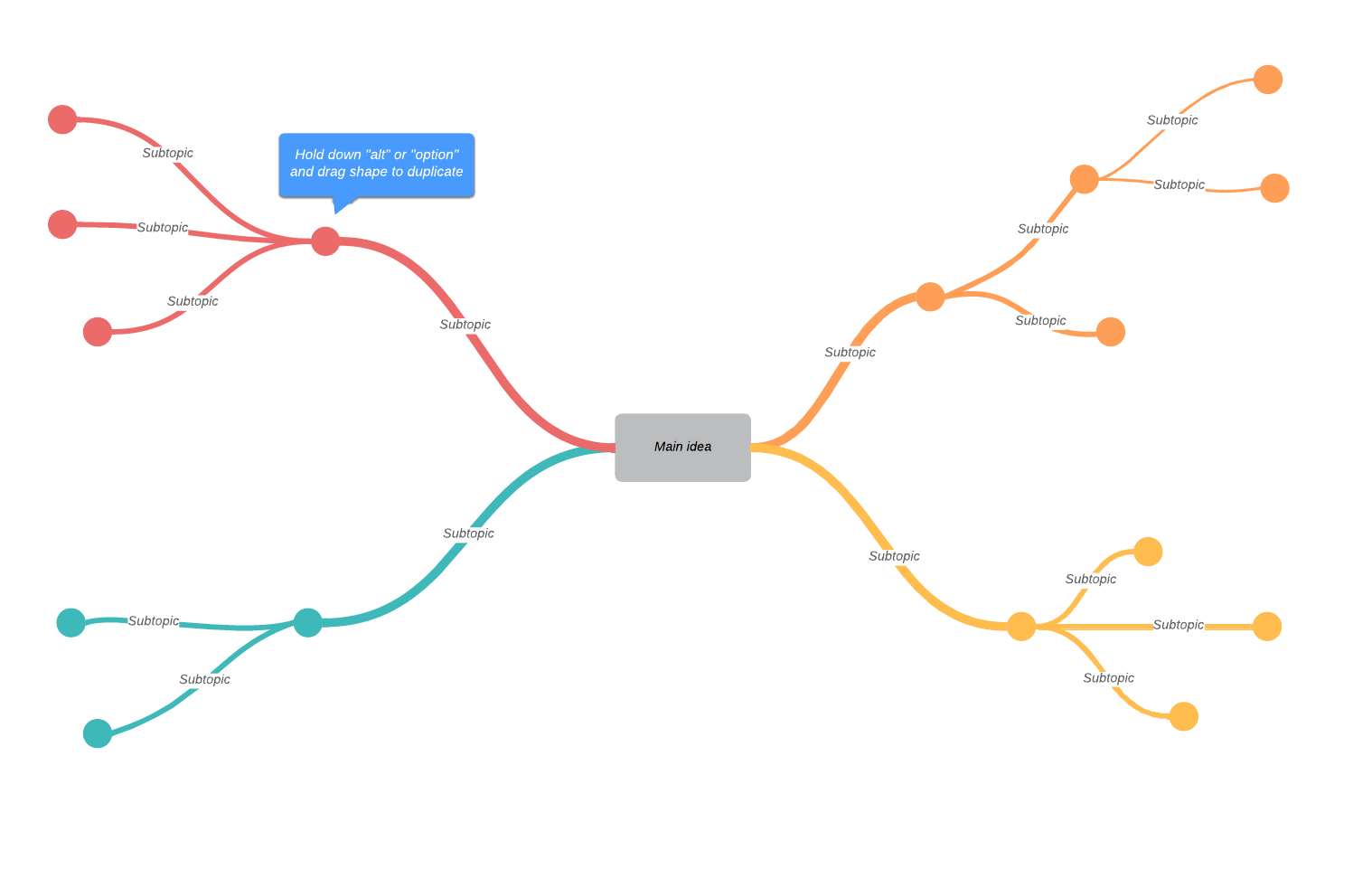
How to shine with the STAR method of interviewing
Reading time: about 4 min
Topics:
Ah, the interview process. Debatably the most dreaded experience to which humans can be exposed. An overwhelming 93% of American job seekers get nervous before an interview. So how can you thrive in an interview—and not just survive?
Being able to interview takes practice. With all the tips and tricks available, it can be more harmful than helpful if you try to apply them all at once. The STAR method interview process can help you stay on track and highlight your strengths as you answer your interview questions.
What is the STAR method interview process?
Hiring managers and recruiters use the interview process to learn more information about a candidate than what their résumé provides, like how the candidate has handled past work situations.
While behavioral questions are good in theory, they can be overwhelming. So how can you best navigate the landmine that is the interview process?
The STAR method interview process helps the interviewee give clear, concise answers to open-ended questions meant to probe your past work experience and competencies. It lays out four steps to help you set up your response. The acronym STAR stands for:
- Situation: Start by setting the scene to your story. Choose a situation that will exhibit the behavior the interviewer wants to see, and give the interviewer the context to the situation.
- Task: In this step, you describe your role within the situation. Explain the task you were responsible for
- Action: What action do you take to complete your task? This part of the STAR interview method allows you to speak directly about your strengths in detail and show the interviewer your thought process in accomplishing your work.
- Result: Explain the situation's outcome, share how your role contributed to the team and project, and expound upon what you learned individually.
Examples of STAR method interview questions
As you can see, the STAR interviewing process structures informative, well-crafted responses to what can be daunting, ambiguous questions. Start preparing with these example questions:
- Tell me about a time when you felt like you failed your team.
- Tell me about a time when you faced a challenge or conflict at work and how you managed it.
- Can you think of a time when you showed leadership?
- Give us an example of when you felt you excelled at your job.
- Tell me about the accomplishment you are most proud of.
- Tell us about a time when you worked effectively under pressure.
- Give me an example of a time when you used data to solve a problem.
Your answer should take from one to three minutes; anything shorter can risk not appearing thoughtful, and anything longer may lose your listener.
Take a look at the following answer as an example:
Describe a time where you needed to influence someone’s opinion.
Situation: An executive of my company presented a new process my team would need to follow.
Task: I needed to train my team on the new process, but I suspected that it would be time-consuming and affect my team’s productivity numbers and wouldn’t produce the results that the company wanted. However, I didn't want to come across as offensive since the executive had a lot more experience.
Action: I asked my team to try the new process for two weeks. I kept track of the time the process took and the results it produced, and then I compiled those metrics with metrics from the existing process to show the executives.
Result: The metrics proved the existing process to be more effective, so we kept the existing process and provided some feedback to the executive on how we could still improve the process.
Additional tips for the STAR method interview method
Something else to keep in mind when you come across STAR method interview questions is that the interviewer’s specific purpose is to ferret out particular qualities that the hiring manager wants to see in the ideal candidate. By noticing trends or patterns in the questions you’re being asked, you can gain insight into what they’re looking for. Are they asking a lot of questions about how you handle last-minute projects or how well you self-manage? You may be interviewing for a team with less organization or leadership.
To best prepare and visualize your responses to a STAR interviewing process, use these Lucidchart templates to organize potential answers. Both swimlanes and mind maps can help you group potential stories you could use by theme.

After all, the more prepared you feel for an interview, the more you can relax and be yourself, which is something companies look for in equal measure to your skills and ability to do the job.

Take a look STAR method of interviewing at all the different mind map templates in Lucidchart you can use to prepare for your next interview.
Start browsingAbout Lucidchart
Lucidchart, a cloud-based intelligent diagramming application, is a core component of Lucid Software's Visual Collaboration Suite. This intuitive, cloud-based solution empowers teams to collaborate in real-time to build flowcharts, mockups, UML diagrams, customer journey maps, and more. Lucidchart propels teams forward to build the future faster. Lucid is proud to serve top businesses around the world, including customers such as Google, GE, and NBC Universal, and 99% of the Fortune 500. Lucid partners with industry leaders, including Google, Atlassian, and Microsoft. Since its founding, Lucid has received numerous awards for its products, business, and workplace culture. For more information, visit lucidchart.com.
Related articles
Improve Your Interview Process with Lucidchart
The interview process is an essential part of the human resources life cycle. See how you can improve your process with proper documentation.
Getting An Edge on the Competition: Interview Advice From the Inside
What's going to give you a leg up on the competition when you apply for jobs? Razzle and dazzle your interviewer with this insider advice.
